For kitchen professionals, a cutting board is more than just a toolits a daily essential that sees a lot of action. But what happens when you start noticing black stains taking over your beloved cutting board? Youre not alone if you find yourself asking, 'Why is my cutting board turning black?' These discolorations arent just unsightly; they can potentially lead to harmful issues in a professional or domestic kitchen environment. In this article, well explore the possible reasons why your cutting board may be darkening, how to prevent it, and the best practices for keeping it in pristine shape.
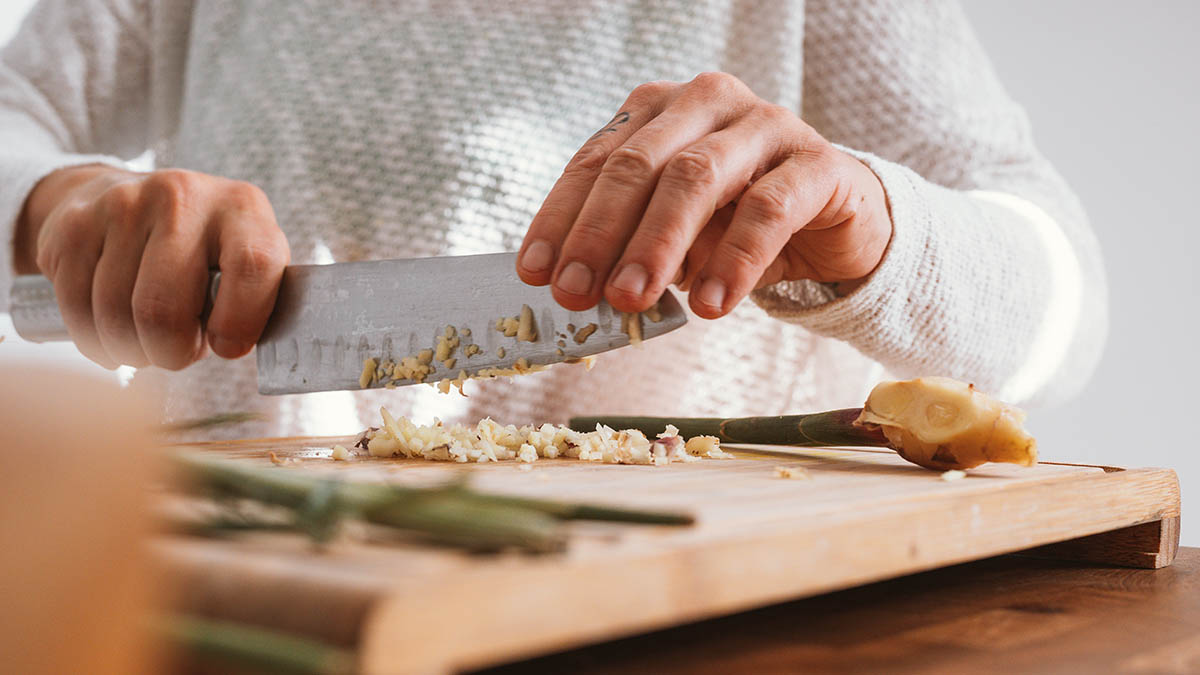
Common Causes of a Cutting Board Turning Black
1. Mold and Mildew Growth
If your cutting board has black stains, one of the most common culprits is mold or mildew. Wooden and plastic cutting boards, especially those that remain damp for extended periods, are perfect breeding grounds for fungi. Tiny cracks and grooves in the board can trap water and food debris, creating an ideal environment for mold to form.
2. Knife Marks and Residue Buildup
Knife marks are another contributing factor. Over time, your cutting board accumulates nicks and cuts made by sharp knives during food preparation. These grooves can collect grime, food particles, and moisture, which contributes to the blackening effect. If left unchecked, this residue can lead to unpleasant odors and a higher risk of bacterial growth.
Learn more about cutting board care here.
3. Staining From Certain Foods
Although less common, some foodslike berries, beets, and coffeecan stain boards over time. These stains might not always appear black initially, but as the pigments oxidize, they can darken, leading to discoloration.
4. Inadequate Cleaning Techniques
Cleaning your cutting board effectively is crucial to maintaining its hygiene. Using a non-sanitizing agent or skipping a scrub after each use can result in residual growths that contribute to discoloration. For deeper cleaning techniques, check out this guide.
How to Prevent Your Cutting Board From Turning Black
1. Dry It Thoroughly After Each Use
Dampness is your boards greatest enemy. After washing, dry your cutting board immediately with a clean towel and leave it in a vertical position to air dry completely. Moisture trapped on the surface can easily lead to black spots and mold formation.
2. Use Food-Safe Oils to Maintain Wooden Boards
Wooden cutting boards require maintenance to stay in prime condition. Periodically oil your board using food-safe oils, such as mineral oil or beeswax. Oiling creates a barrier that prevents water and food particles from seeping into the wood. Check out this helpful guide on oiling cutting boards.
3. Clean With a Natural Sanitizer
After chopping raw meat or vegetables, use sanitizing solutions like diluted vinegar or lemon juice to clean your board. Avoid harsh chemicals like bleach, which can damage both wooden and plastic boards and leave toxic residues.
How to Remove Black Stains From Cutting Boards
Already dealing with dark spots on your cutting board? Dont worry! Here are some practical solutions used by professionals to remove black stains effectively.
Option 1: Baking Soda and Hydrogen Peroxide Paste
Mix baking soda with hydrogen peroxide until it forms a paste-like consistency. Scrub the paste on your board using a toothbrush or soft scrubbing pad. Let it sit for 10-15 minutes, then rinse thoroughly and dry.
Option 2: Sanding the Surface
For wooden cutting boards, sanding is an excellent way to remove deep stains. Use fine-grit sandpaper to gently scrape off the top layer of the board. After sanding, clean it thoroughly and re-oil it to restore its finish.
Need a quick solution for identifying the best cutting board materials? Check out our article on alternatives to cutting boards.
Option 3: Use White Vinegar
If natural remedies are your go-to, soak a cloth in white vinegar and rub it over the stains. Vinegars acidity helps break down molds and eliminate smells simultaneously.
FAQs About Cutting Boards Turning Black
1. Can Black Stains Be Harmful?
Yes! Black stains from mold and mildew can harbor harmful bacteria. Its crucial to address them immediately to prevent food contamination.
2. How Often Should I Oil My Cutting Board?
It depends on usage, but professionals recommend oiling your wooden board once every 2-4 weeks to maintain its durability and hygiene.
3. Can Plastic Boards Also Turn Black?
Absolutely! While less porous than wood, plastic boards can accumulate stains and harbor bacteria if not cleaned or maintained properly.
For further kitchen tips and tools, check out our detailed post on how many BTU you need for wok cooking.
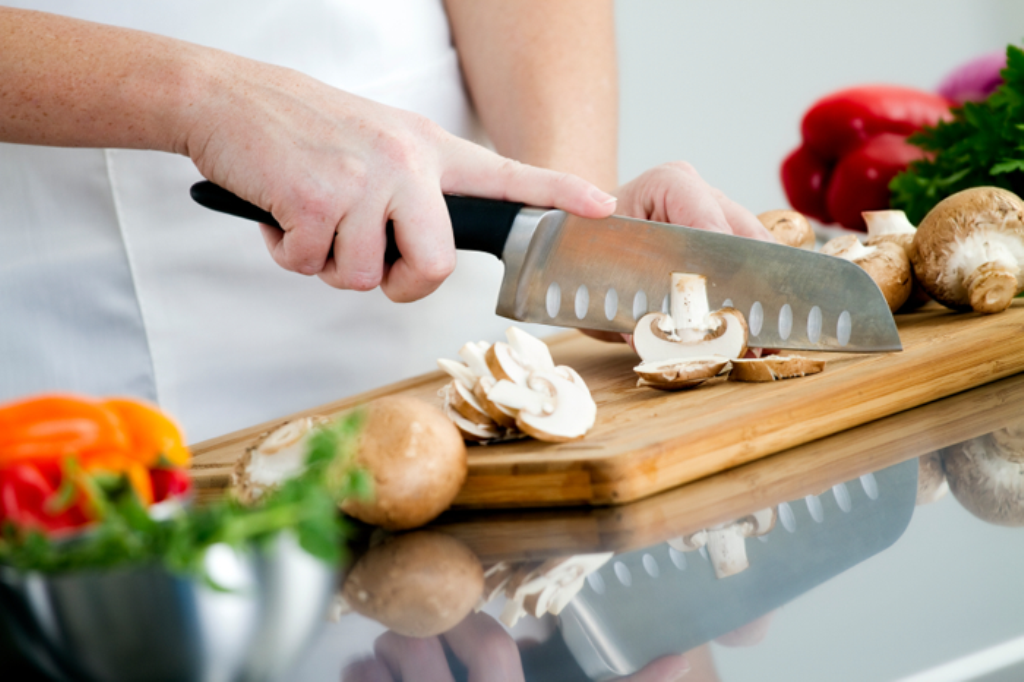
In Conclusion
For kitchen professionals, understanding 'why is my cutting board turning black' is just as important as knowing how to tackle the problem. By being proactive with proper cleaning, drying, and sanitizing practices, you can keep your cutting board free from black stains and ensure it stays in optimal working condition for all your culinary endeavors.
This article contains affiliate links. We may earn a commission at no extra cost to you.

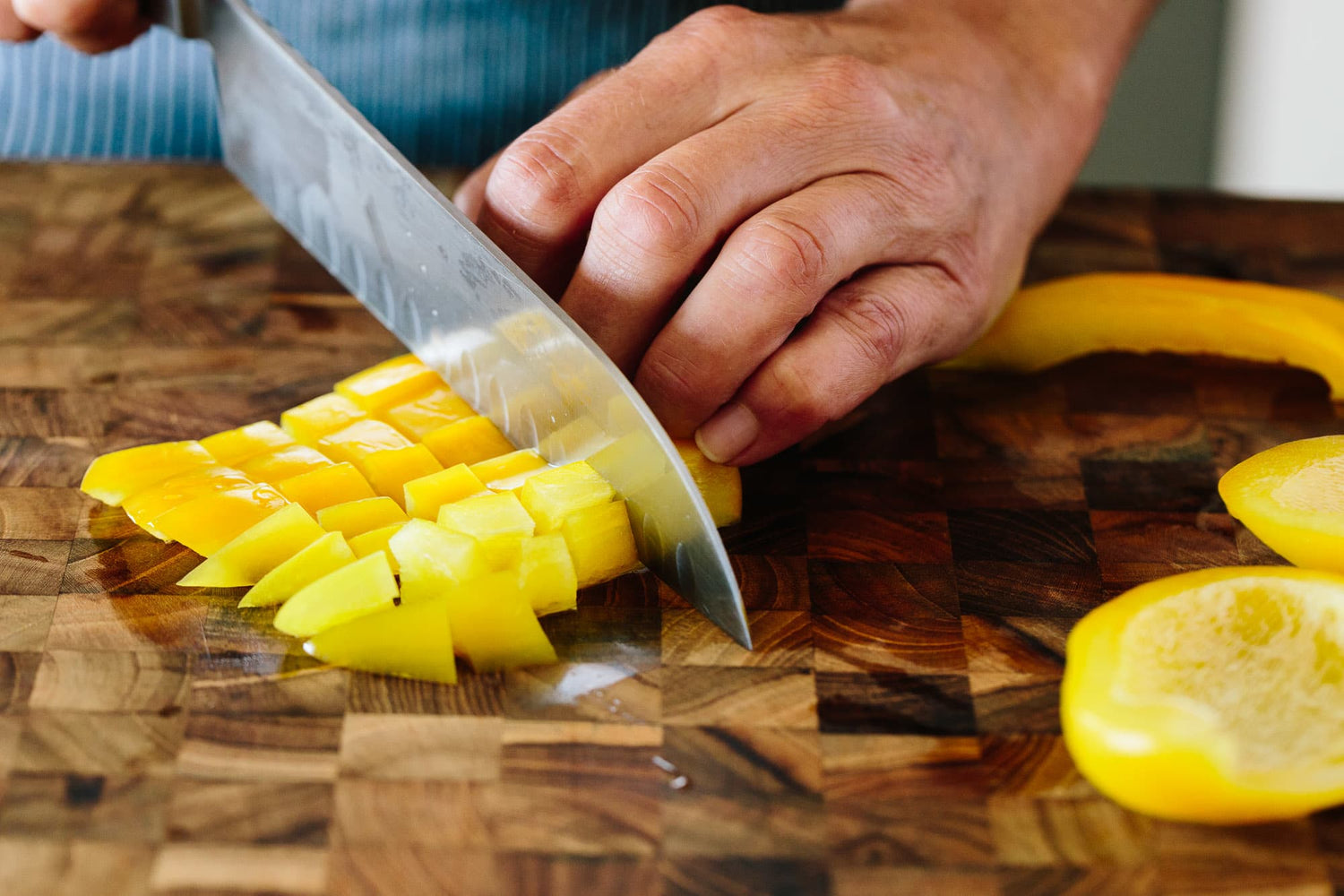


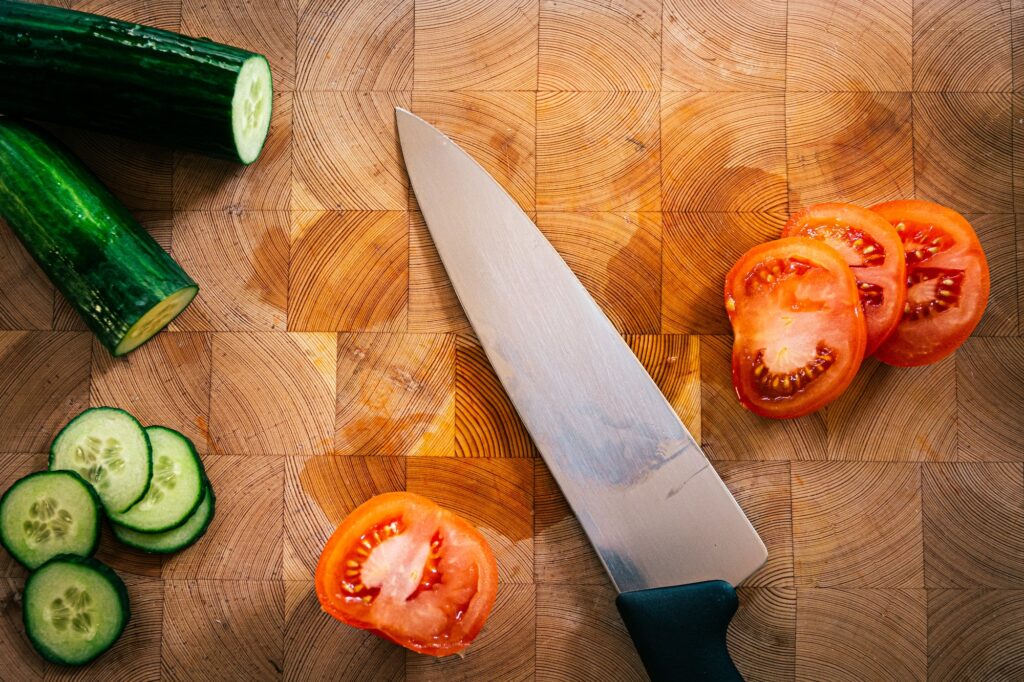
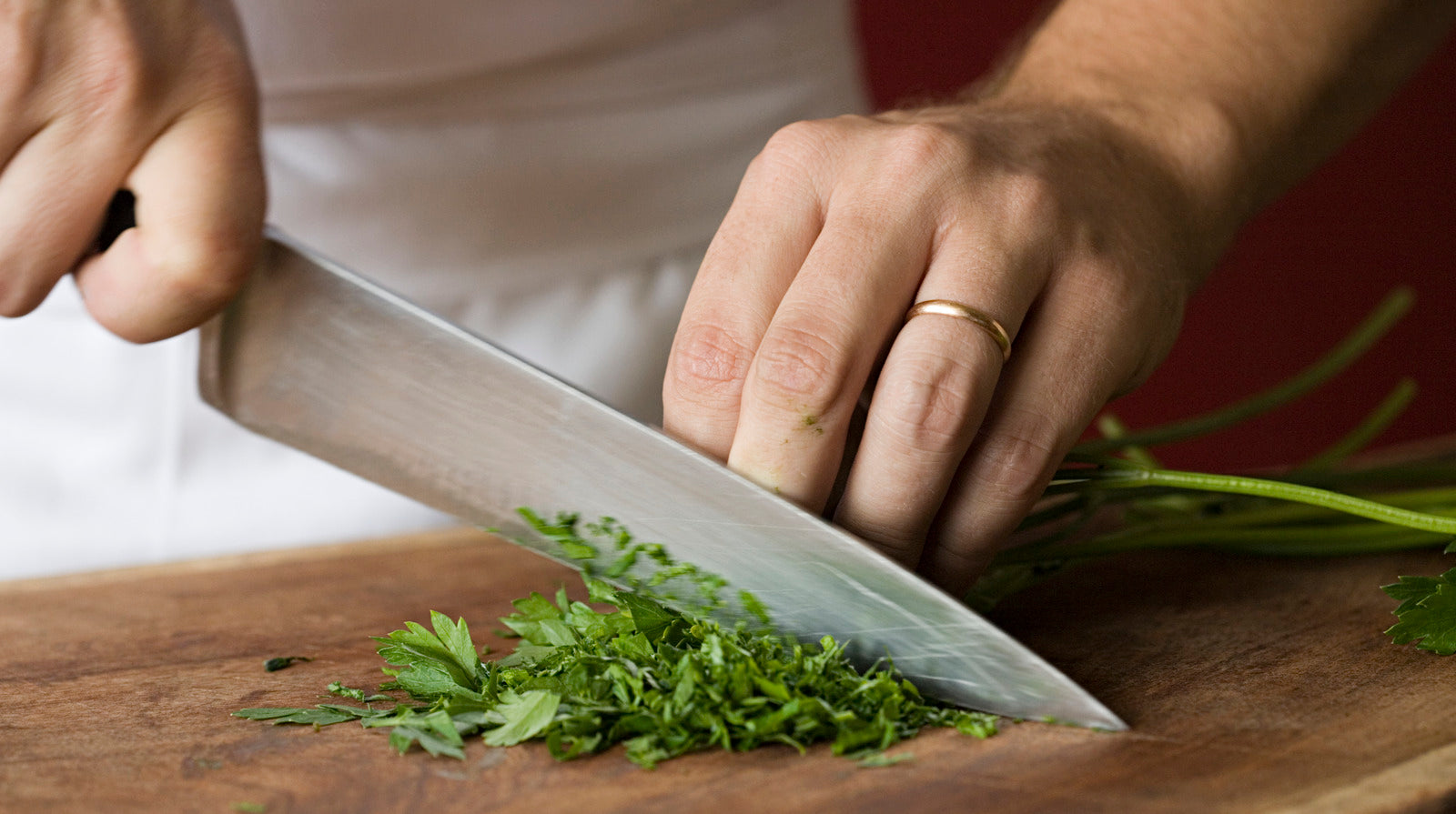
Leave a comment
This site is protected by hCaptcha and the hCaptcha Privacy Policy and Terms of Service apply.